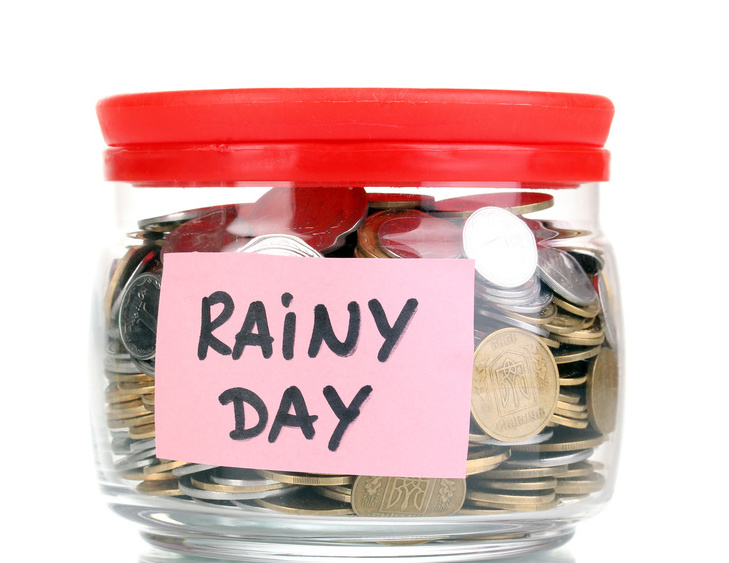Simply put, self-storage properties are built to contain many, often hundreds of individual storage spaces of varying sizes. It’s a booming market, forecast to be worth over $64 billion by 2026.
Category: Real Estate Investing
For those of us whose experience with rental property goes back a few decades (maybe even more than a few), the term “property management” conjures up images of ledger books for recording rent payments and expenses, receipt pads for tenants who paid by cash, and a plumber or two on our landline’s speed dial.
The rise of home-sharing platforms like Airbnb has been a boon to property owners, especially owners of smaller income properties, but it has also prompted municipalities to introduce regulations on short-term rentals (STRs). Many places impose restrictions, such as requiring permits or licensing, limiting occupancy, and restricting the number of days permitted.
Inflation, interest rates, concerns about recession, pandemic-inspired work-style changes, taxes. There are enough wild cards in the deck to give any economic forecaster vertigo.
Not all real estate markets or all sectors are created equal, so to paraphrase an old TV auto ad, your mileage may vary. Nonetheless, we think it’s possible to make at least some reasonable and general forecasts about the near-term prospects for commercial real estate. Here is some of what we’re hearing, and thinking.
It may sound like a nit-picking detail: Where and how do you account for “reserves for replacement” when you try to value – and evaluate – a potential income-property investment? Isn’t this something your accountant sorts out when it’s time to do your tax return? Not really, and how you choose to handle it may have a meaningful impact on your investment decision-making process.




